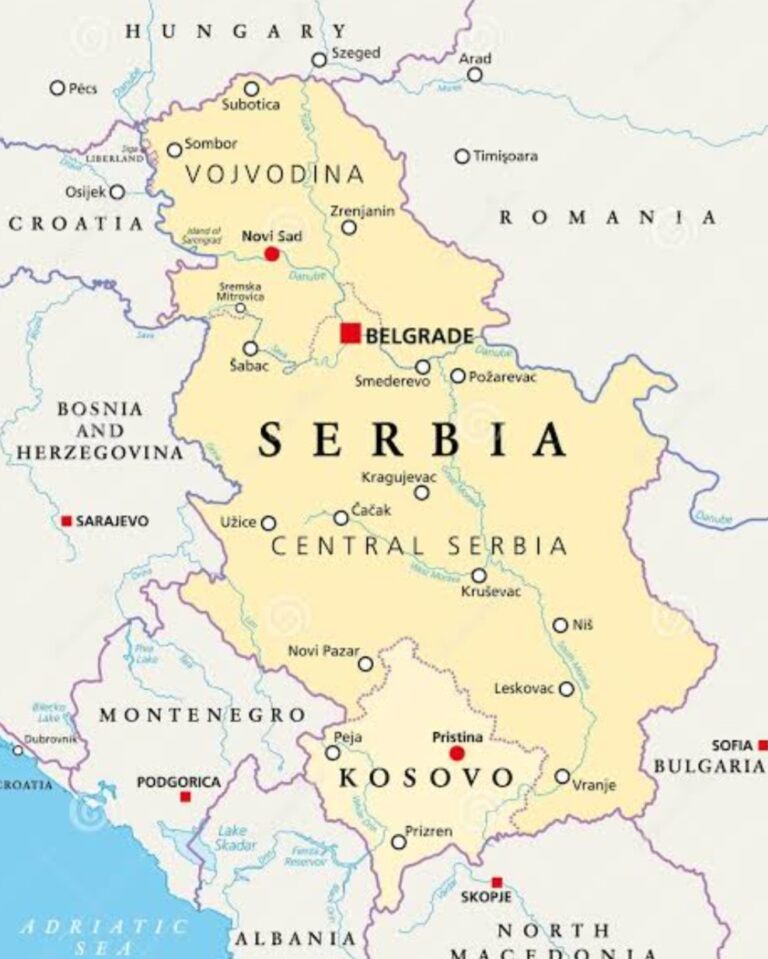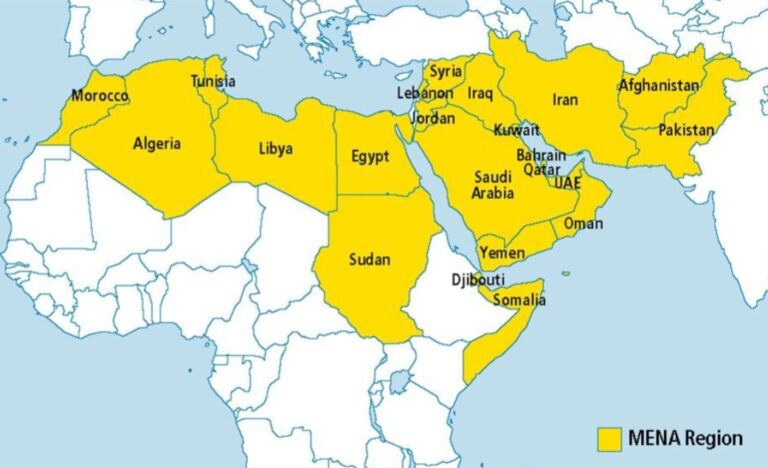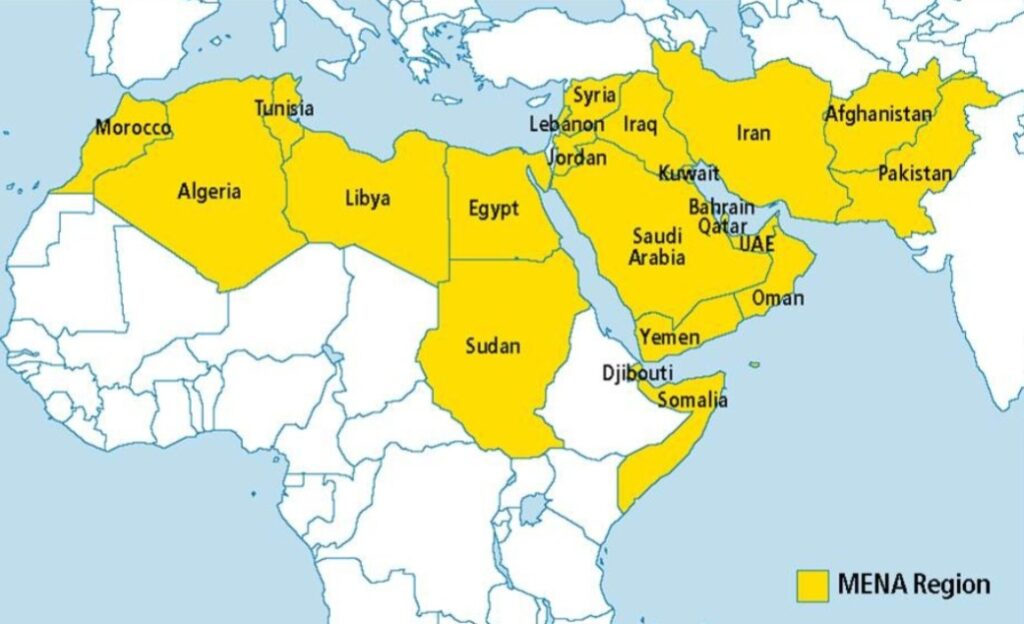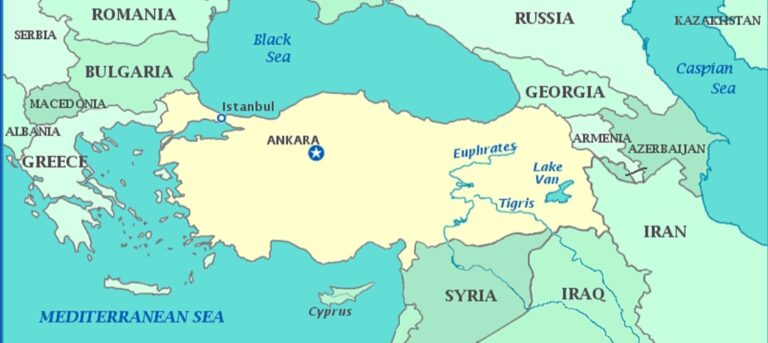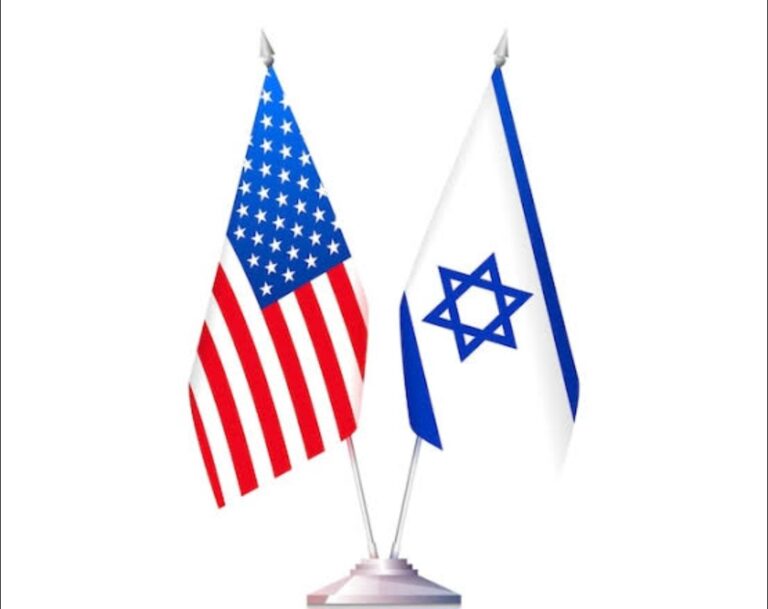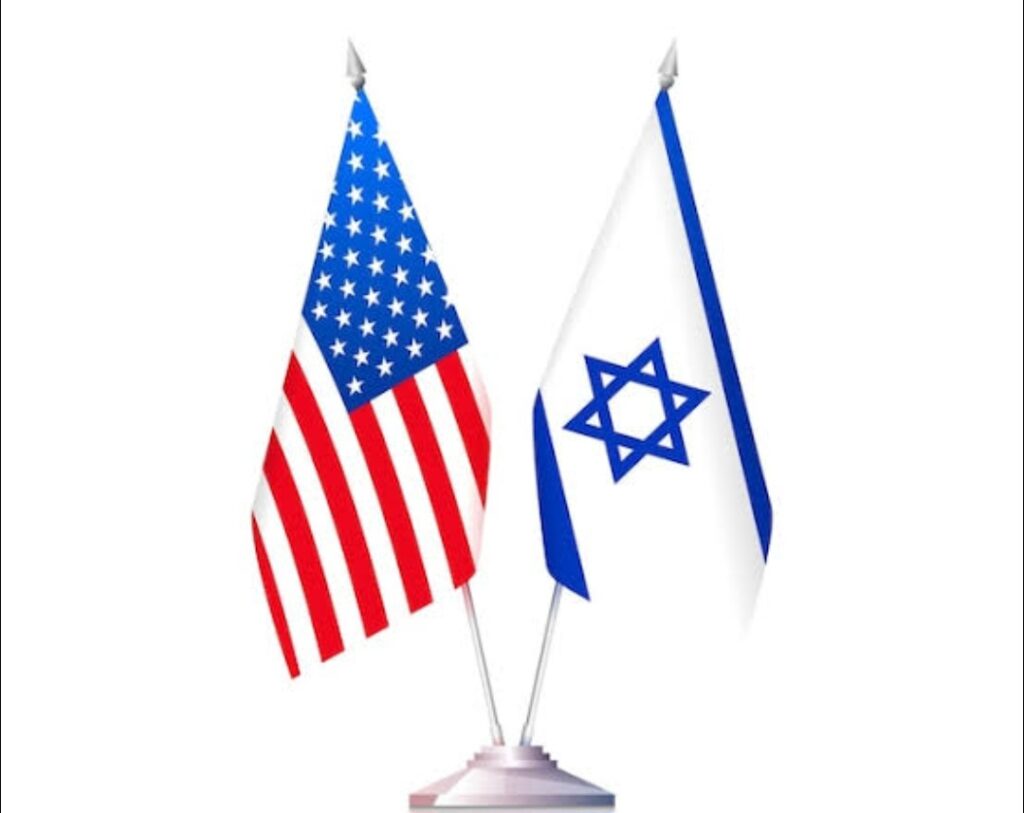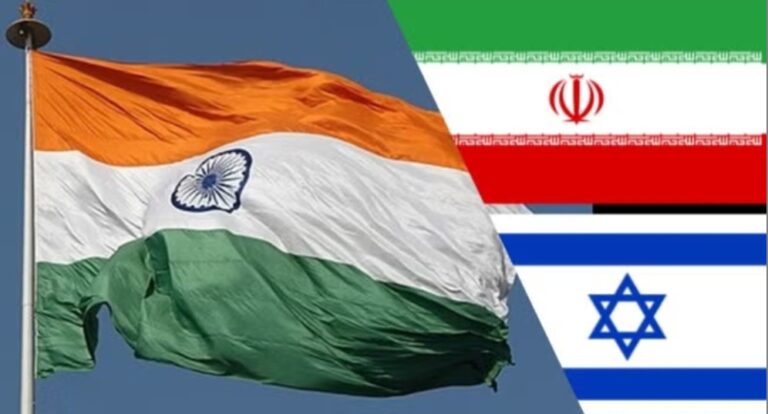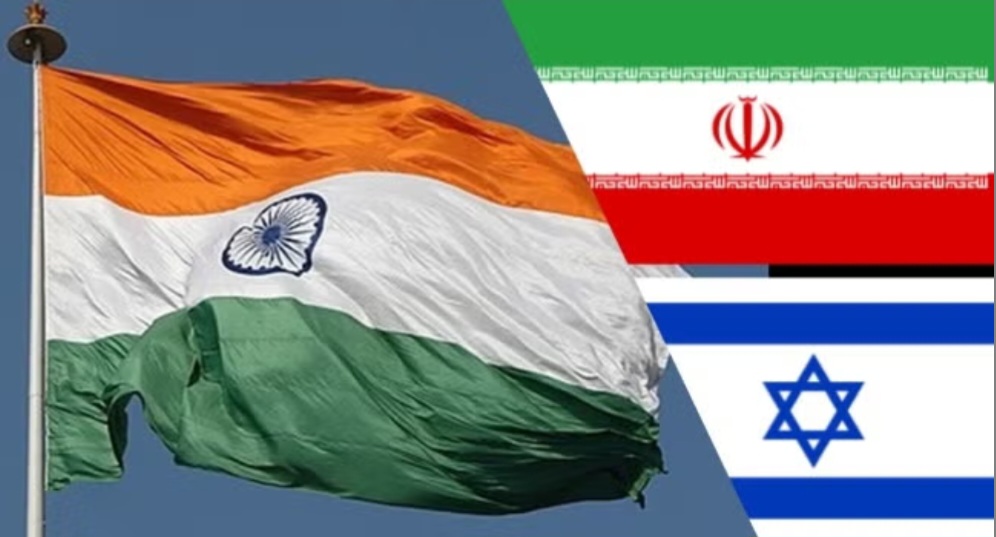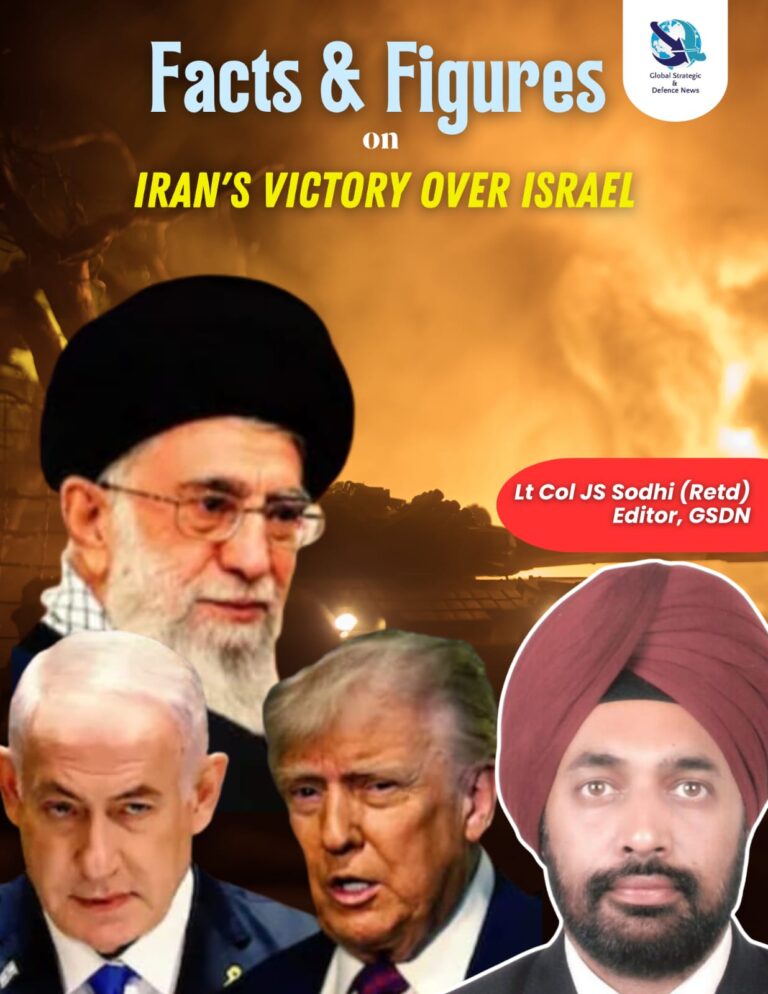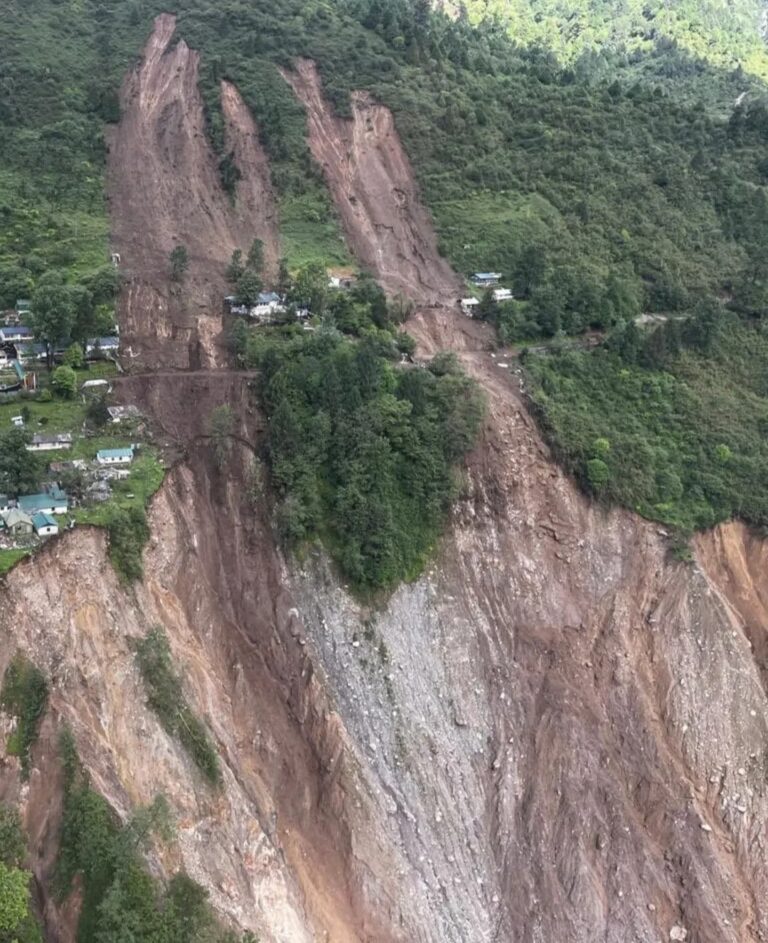By: Ahana Sarkar
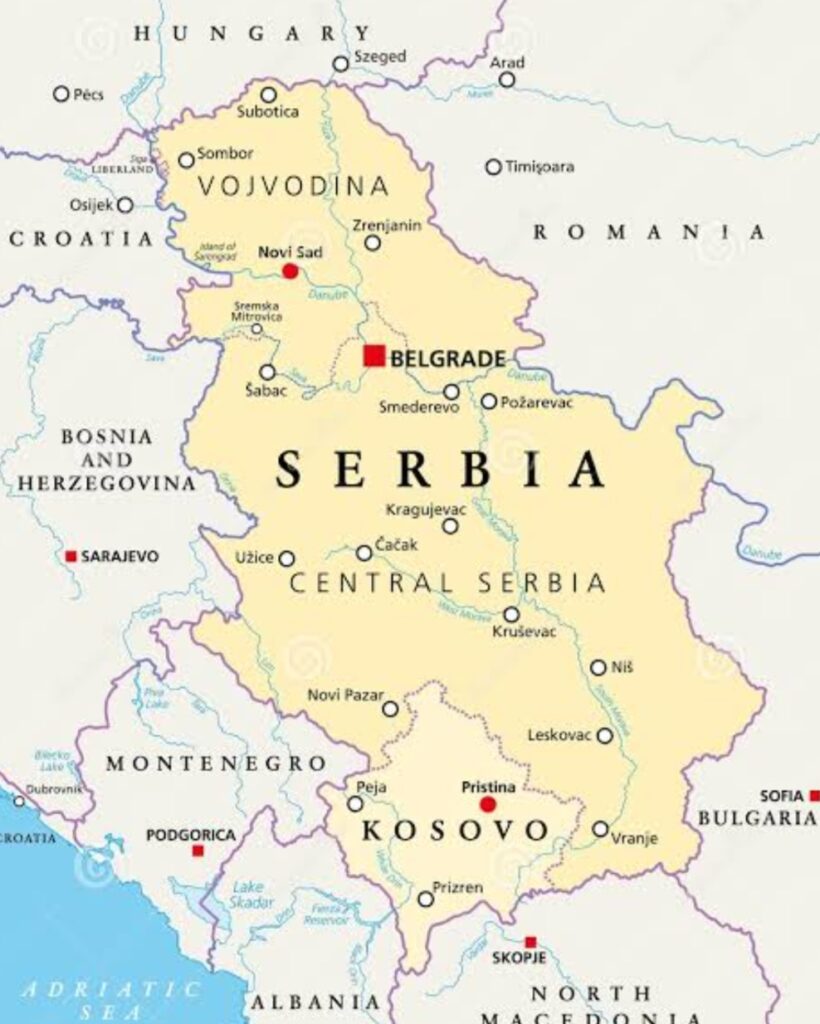
On June 13, 2025, protests erupted in Belgrade in response to leaked reports suggesting that the Serbian government was quietly negotiating territorial compromises with Kosovo. Demonstrators flooded the streets near the National Assembly, voicing frustration not only over the Kosovo issue, but also over growing discontent with the government’s broader handling of national affairs. The protests turned violent by nightfall, with riot police dispersing crowds and dozens injured. While such demonstrations are not new in Serbia, this latest unrest marked a culmination of deeper and longer-standing tensions.
Serbia has been navigating a complex set of challenges for years. Its refusal to recognise Kosovo’s independence continues to strain its international relations. At home, economic stagnation, democratic backsliding, and a resurgence of nationalist rhetoric have added to public frustration. Over the past year, the government has faced criticism for increasing censorship, sidelining political opposition, and consolidating power.
These domestic issues have now collided with international concerns. In June 2025, the European Parliament suspended Serbia’s EU accession talks, citing a lack of progress on rule-of-law reforms and concerns about press freedom. Meanwhile, NATO has deployed additional troops to northern Kosovo following violent clashes between ethnic Serbs and Albanians, raising fears of a regional escalation.
The current crisis in Serbia cannot be fully understood without revisiting the unresolved traumas of the 1990s. The violent breakup of Yugoslavia left a legacy of ethnic division, political instability, and deep societal scars across the Balkans. Serbia, as the largest successor state, was at the centre of this collapse. The wars in Croatia, Bosnia, and later in Kosovo were marked by widespread violence, displacement, and war crimes, many of which still await full accountability. For many Serbians, especially those who lost family or fled their homes during this period, the past remains painfully present.
Kosovo declared independence from Serbia in February 2008, a move recognised by over 100 countries but still firmly rejected by Belgrade. For Serbia, Kosovo is not only a territorial matter but a deeply symbolic issue tied to national identity and historical memory. The Serbian constitution still defines Kosovo as an integral part of its sovereign territory, and the refusal to accept Kosovo’s independence remains a core tenet of both state policy and public sentiment.
In the years following the 2008 declaration, Serbia and Kosovo fell into what many analysts have termed a “frozen conflict”: a state of formal peace but with no viable resolution. While international actors have attempted to mediate, both sides have often treated dialogue as a strategic tool rather than a genuine path toward compromise. Over time, this has only deepened mistrust.
Under President Aleksandar Vučić and the Serbian Progressive Party, nationalist rhetoric has re-entered the political mainstream. Narratives of victimhood, sovereignty, and external betrayal have shaped domestic discourse, particularly around Kosovo. Vučić himself, a former information minister during the Milošević era, has leveraged these sentiments to consolidate political control and suppress dissent.
As one displaced Kosovo Serb recently told Deutsche Welle, “They talk about us like pieces on a chessboard, but we are the ones who lost homes, memories, and futures.” This sentiment captures the emotional undercurrent beneath the headlines: a population still living with the consequences of a war that officially ended, but never truly concluded.
The crisis in Serbia escalated dramatically in mid-2025, with a series of political, social, and economic developments converging to expose deep fissures within the country’s governance and its place in the international order. These events have intensified public dissatisfaction and raised international concerns about regional stability in the Western Balkans.
The most immediate spark came in June 2025, when leaked documents revealed that the Serbian government had been engaged in covert negotiations regarding potential territorial adjustments with Kosovo. The leak suggested that President Aleksandar Vučić’s administration was considering redrawing boundaries in northern Kosovo, an area dominated by ethnic Serbs, without public consultation or parliamentary debate. This revelation triggered widespread protests in Belgrade and other cities. What began as peaceful demonstrations quickly turned violent, as riot police used tear gas and rubber bullets to disperse crowds. Over 40 people were reportedly injured, and multiple journalists were detained while covering the unrest. Civil society groups accused the government of deploying surveillance tools and spyware to monitor protest organisers and suppress dissenting voices.
Meanwhile, violence between ethnic Serbs and Albanians in northern Kosovo has also intensified. In early June, several deadly incidents occurred near the divided town of Mitrovica, prompting NATO to deploy additional peacekeeping troops to the region. The clashes included road blockades, arson attacks on municipal buildings, and reports of armed confrontations. Both Pristina and Belgrade blamed each other for the instability, and fears of a broader conflict have resurfaced. For residents in border regions, the situation remains tense and unpredictable.
On the international front, Serbia’s relationship with the European Union suffered a major setback. In response to growing concerns about democratic backsliding, media control, and the erosion of judicial independence, the European Parliament announced in June 2025 that it would suspend all accession talks with Serbia. This decision, though expected by some, dealt a serious blow to the country’s European integration ambitions. In reaction, Belgrade has shown signs of pivoting further towards strategic partnerships with Russia and China, both of whom continue to invest in Serbian infrastructure, energy, and defence sectors, largely without the governance conditionalities required by Western institutions.
Compounding these political tensions is a worsening economic situation. Serbia has been grappling with an energy crisis since late 2024, driven by rising global fuel prices and a disrupted regional supply chain. This, combined with soaring inflation, particularly in food and utility costs, has hit working-class Serbians hardest. Public frustration over declining living standards has only added fuel to the political fire, with many citizens expressing disillusionment not only with the current government but with the broader political system.
At the heart of Serbia’s current turmoil lies a steadily deepening crisis of governance. Over the past decade, President Aleksandar Vučić and the Serbian Progressive Party (SNS) have gradually consolidated power, reshaping the country’s political landscape in ways that have eroded institutional independence and narrowed space for dissent. While presented to the public as a path to “stability and national unity,” this concentration of power has come at a significant democratic cost.
One of the most concerning developments has been the systematic undermining of press freedom and judicial independence. Independent media outlets face intense political pressure, financial strangulation through state advertising bias, and targeted disinformation campaigns. Investigative journalists, particularly those reporting on corruption or state surveillance, often experience harassment or lawsuits. Meanwhile, the judiciary has increasingly lost its autonomy, with key appointments and decisions perceived as influenced by political actors close to the executive.
The culture of surveillance and disinformation has further narrowed the space for open debate. Civil society organisations and human rights defenders report frequent monitoring and bureaucratic hurdles. Some have been branded as “foreign agents” for receiving international funding, creating a climate of suspicion and hostility. These developments have prompted a growing number of young Serbians, particularly academics, activists, and professionals, to leave the country, contributing to a worsening brain drain.
The opposition, meanwhile, remains fragmented and largely ineffective. While public discontent has grown, no single party or leader has emerged with a strong, unifying alternative to the SNS. The 2024 municipal elections became a flashpoint, with widespread allegations of voter suppression, media bias, and ballot manipulation. The aftermath saw renewed protests, but momentum was quickly lost amid government crackdowns and the absence of a coordinated opposition strategy.
Serbia’s internal crisis cannot be separated from its complex position on the global stage. As the Western Balkans once again draw international attention, Serbia finds itself walking a diplomatic tightrope between East and West, seeking to preserve strategic autonomy while increasingly leaning on non-Western partners for political and economic support.
Russia continues to cast a long shadow over Serbian foreign policy. Moscow remains a vocal supporter of Belgrade’s stance on Kosovo, consistently backing Serbia in international forums such as the UN Security Council. This alignment is not only symbolic; it is also strategic. Serbia depends heavily on Russian gas supplies and defence cooperation. Additionally, pro-Russian narratives dominate segments of Serbian media, influencing public opinion and reinforcing scepticism toward the European Union and NATO. Even after Russia’s full-scale invasion of Ukraine in 2022, Belgrade has resisted joining Western sanctions, citing national interests.
China’s growing economic presence has added another layer to Serbia’s geopolitical balancing act. Through its Belt and Road Initiative, China has funded major infrastructure projects, including highways, railways, and energy facilities. While these investments have helped modernise key sectors, they have also created growing dependency and raised concerns over transparency, debt sustainability, and environmental degradation. Protests over Chinese-owned mining operations in eastern Serbia reflect rising public unease about unchecked foreign involvement.
On the other side, Western engagement has faltered. The EU’s inconsistent approach to enlargement, frequently delayed timelines, shifting benchmarks, and political hesitations has bred frustration among Serbians. The recent suspension of accession talks in June 2025 has further widened the credibility gap. Meanwhile, the United States has scaled back its direct involvement in the Balkans, focusing on broader global realignments.
Beyond politics and geopolitics, Serbia’s crisis is deeply rooted in a growing sense of social disillusionment, especially among the younger generation. Many young Serbians find themselves trapped between the unhealed wounds of past wars and a present marked by limited opportunities, shrinking freedoms, and a deepening sense of stagnation.
A major symptom of this discontent is the surge in emigration. Over the past two years, Serbia has witnessed record numbers of young professionals and university graduates leaving the country, primarily for Germany, Austria, and Canada. According to local NGOs, the primary drivers are not just economic hardship, but also a lack of trust in institutions and the perceived absence of a future worth investing in at home.
At the core of this unrest is an unresolved identity crisis. Serbia remains rhetorically committed to EU membership, but government actions often suggest a deeper cultural alignment with Slavic allies like Russia. This duality, between Western aspirations and Eastern loyalties, leaves many citizens feeling politically disoriented and socially divided.
The crisis unfolding in Serbia today is layered and deeply consequential. Politically, the erosion of democratic norms and concentration of power have weakened institutions and trust. Geopolitically, Serbia’s balancing act between East and West has led to increased instability and uncertainty, both domestically and across the region. Psychologically, the collective exhaustion of a population caught between unhealed historical wounds and a lack of meaningful progress has created a sense of national drift.
This is no longer just a question of borders or leadership; it is about the soul of a country, and by extension, the stability of the Western Balkans. Serbia’s direction will influence not only its own future but also the trajectory of neighbouring states still navigating the legacy of the Yugoslav wars.

